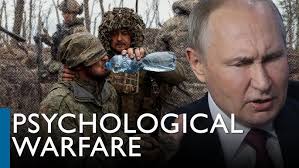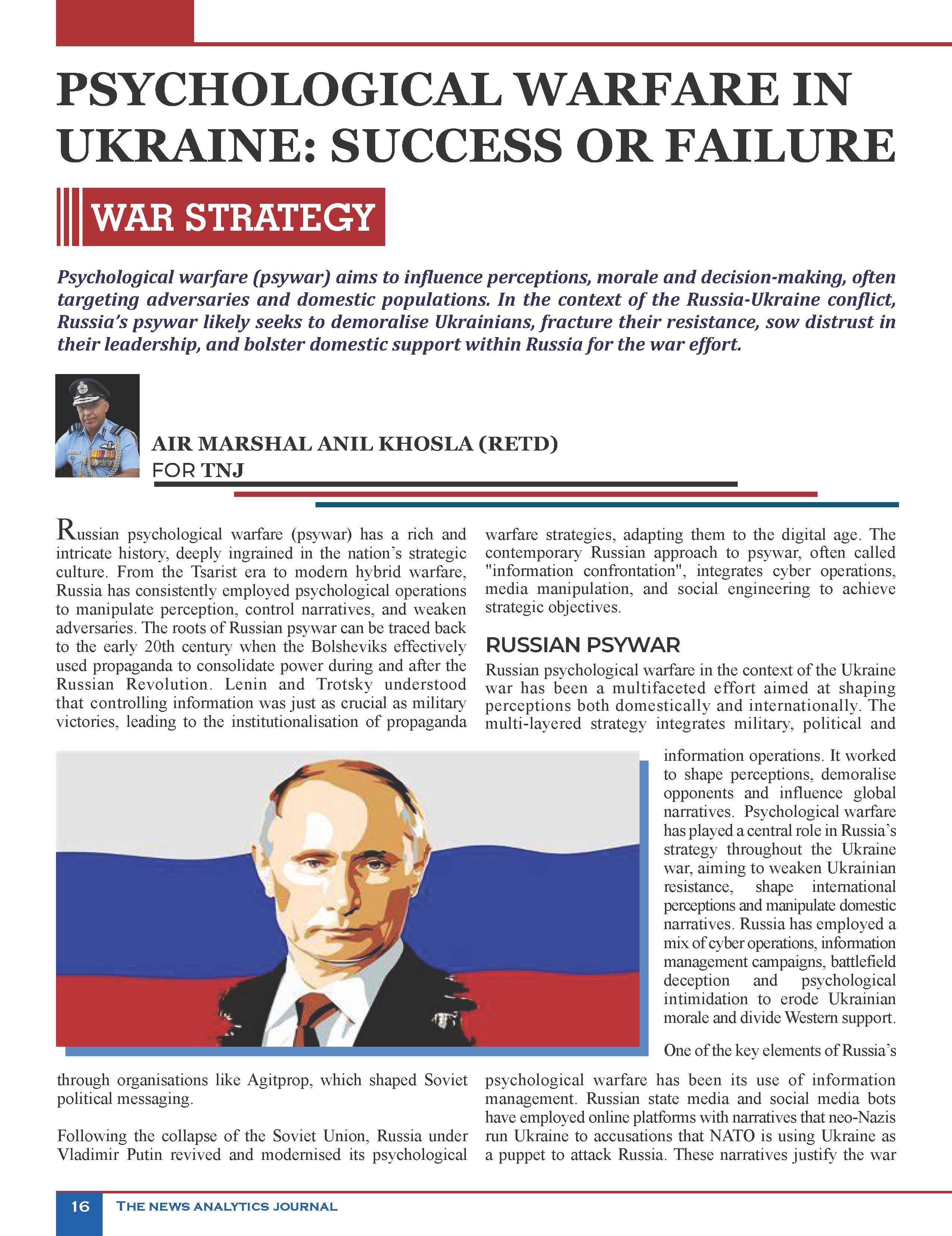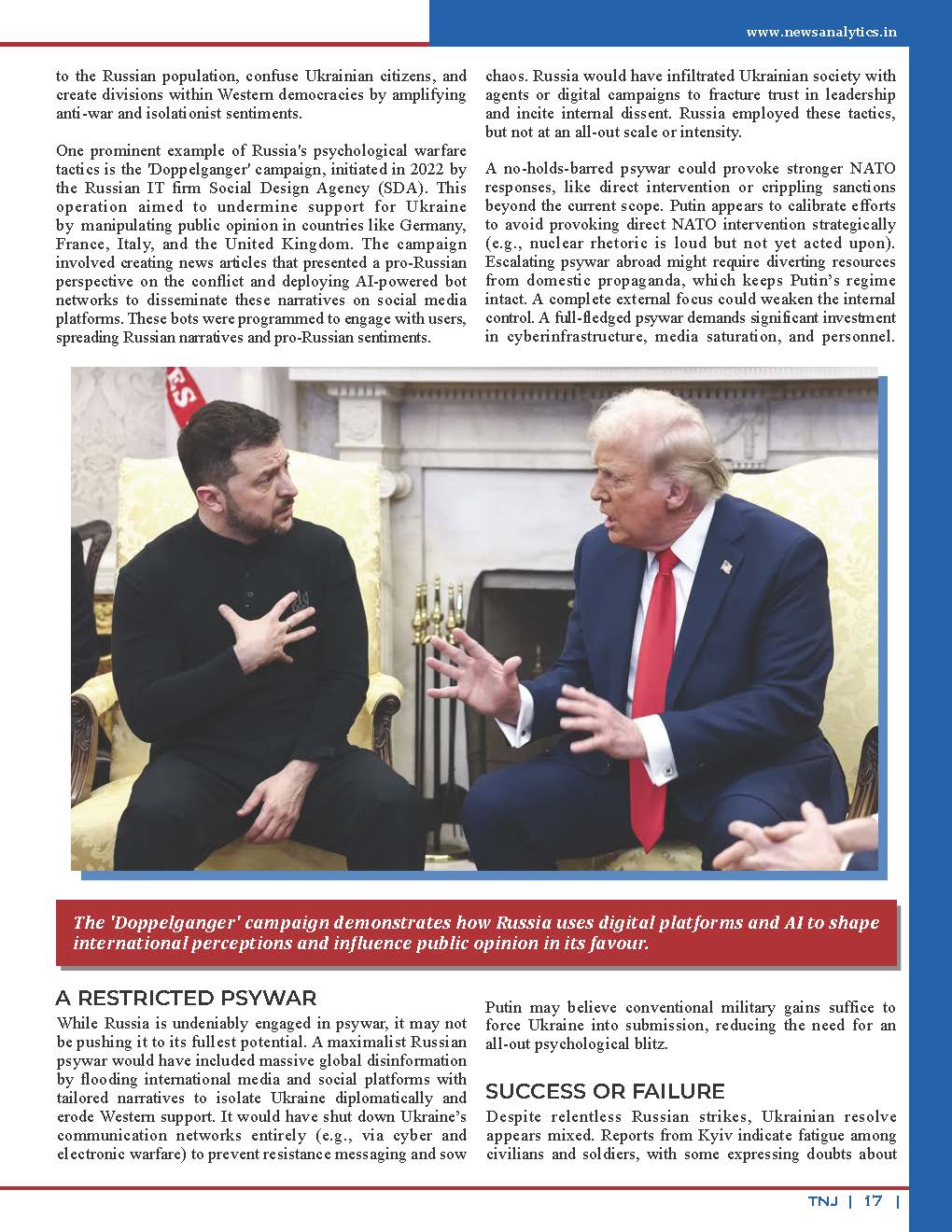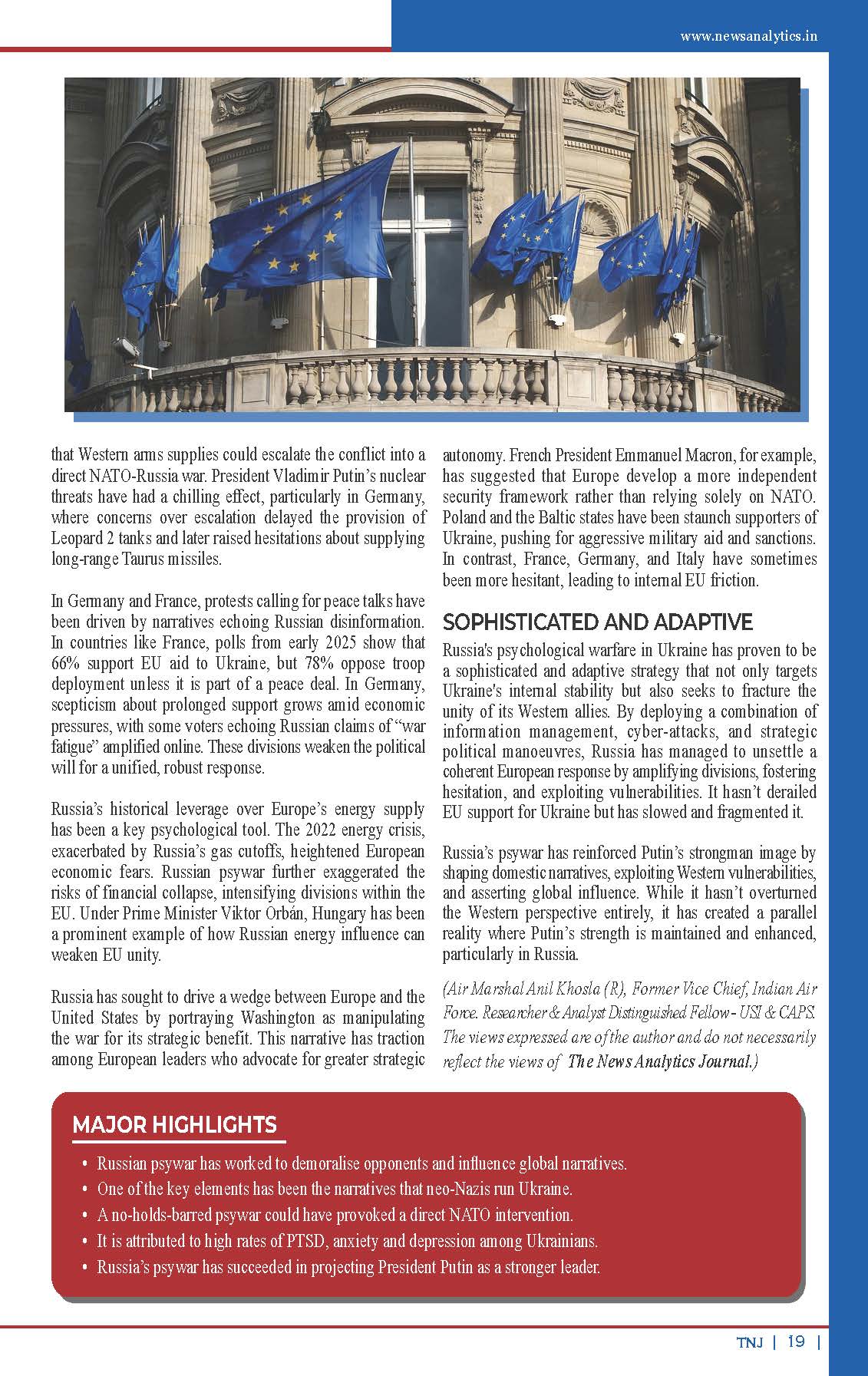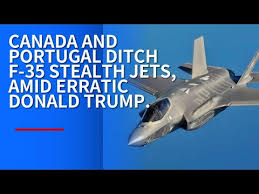The petrodollar system has dominated the global oil trade for decades, primarily conducting oil transactions in U.S. dollars. This arrangement has reinforced U.S. financial dominance, strengthened the dollar as the world’s primary reserve currency, and allowed Washington to exert significant geopolitical influence. However, in recent years, China has actively pursued an alternative system: the petro-renminbi. By facilitating oil trade in its currency, China aims to reduce dependency on the dollar, challenge U.S. financial hegemony, and bolster its economic and geopolitical influence. This article explores the rise of the petro-renminbi, its impact on the petrodollar system, and the broader implications for global finance and geopolitics.
The Origins of the Petrodollar System. The petrodollar system was established in the 1970s following an agreement between the United States and Saudi Arabia. Under this arrangement, Saudi Arabia and other OPEC nations agreed to price and sell their oil exclusively in U.S. dollars. In return, the U.S. provided security guarantees and military support. This system had several key benefits for the U.S. Nations needed to hold large reserves of U.S. dollars to purchase oil, reinforcing the dollar’s status as the world’s dominant reserve currency. The U.S. could print money without significant inflationary consequences, as the global demand for dollars absorbed excess liquidity. The petrodollar system gave the U.S. considerable influence over global financial flows, enabling it to impose sanctions and restrict access to critical financial networks such as the Society for Worldwide Interbank Financial Telecommunication (SWIFT). While the petrodollar system remains dominant, cracks have begun to emerge as major economies, particularly China, seek alternatives.
Petro-Renminbi Strategy. China, the world’s largest oil importer, has demonstrated remarkable strategic foresight in its concern about its reliance on the U.S. dollar for energy transactions. The petro-renminbi strategy is a deliberate and well-thought-out effort by Beijing to internationalise the renminbi (RMB) and reduce its exposure to U.S. financial pressure. China launched yuan-denominated ‘crude oil futures’ on the International Energy Exchange in 2018, providing oil-exporting countries with an alternative pricing mechanism that does not depend on U.S. financial institutions. China has signed numerous agreements with oil-producing nations such as Russia, Iran, Venezuela, and Saudi Arabia, allowing them to settle oil transactions in the renminbi. To reassure oil-exporting nations hesitant to hold large amounts of yuan, China has provided an option to convert yuan payments into gold through the Shanghai Gold Exchange, thereby reducing counterparty risk and increasing confidence in the petro-renminbi system.
Key Supporters and Participants in the Petro-Renminbi System. Several countries have increasingly embraced the petro-renminbi system, either out of necessity due to U.S. sanctions or as part of broader geopolitical strategies. This shift could lead to increased economic cooperation and mutual benefit among major economies. Facing U.S. and European sanctions, Russia has shifted a significant portion of its oil trade to yuan-ruble transactions. Russia’s growing reliance on Chinese markets makes the yuan a natural alternative. The U.S. heavily sanctions Iran and Venezuela, and they have turned to China as a major buyer of their oil. Settling transactions in yuan helps them bypass the global dollar-based financial system. Saudi Arabia, while still closely aligned with the U.S., has shown growing interest in accepting yuan for oil sales to China. With China being its largest oil customer, Riyadh has economic incentives to diversify its financial options. With new members such as the UAE and Saudi Arabia, the expansion of BRICS suggests an increasing willingness among major economies to reduce dollar reliance in trade.
Challenges to the Petrodollar System. The rise of the petro-renminbi poses a direct challenge to the petrodollar system in several ways. If major oil-exporting nations increasingly price oil in renminbi, global demand for U.S. dollars will decline. This could lead to a gradual weakening of the dollar’s status as the dominant reserve currency. The U.S. has long used financial sanctions as a geopolitical tool. If more countries conduct energy trade outside the dollar system, Washington’s ability to enforce sanctions and economic restrictions will weaken. China and its allies are promoting alternatives to SWIFT, such as CIPS (China’s Cross-Border Interbank Payment System), reducing reliance on Western-controlled financial infrastructure.
Obstacles to the Petro-Renminbi’s Success. Despite its growing traction, the petro-renminbi faces several challenges that could limit its ability to replace the petrodollar fully. Unlike the U.S. dollar, which is freely convertible, the Chinese government maintains capital controls on the renminbi. This makes it less attractive as a global reserve currency. Many countries and financial institutions remain wary of China’s centralised economic policies and political interventions. Investors remain concerned about the stability and transparency of China’s financial markets. While Saudi Arabia is diversifying its financial partnerships, it still relies heavily on U.S. security guarantees. A full-scale shift away from the petrodollar would likely face significant pushback from Washington. These challenges, among others, underscore the complex dynamics at play in the global financial landscape.
Geopolitical and Economic Consequences. If the petro-renminbi continues to gain traction, the geopolitical landscape could undergo significant shifts. Reduced global demand for the dollar could increase inflationary pressures in the U.S. and make it more difficult for Washington to finance its debt through low-interest borrowing. However, this could also pave the way for a more balanced and equitable global financial system. Russia’s pivot to China for energy sales could accelerate the development of a yuan-based financial ecosystem, further eroding U.S. economic influence. Instead of a singularly dominant reserve currency, the global economy may move toward a multipolar system where multiple currencies (yuan, euro, gold-backed assets) play significant roles. Countries reliant on U.S. financial institutions may need to adjust their economic policies if alternative trade settlement systems become more widespread.
India and the Petro-Renminbi
The emergence of the petro-renminbi, China’s push to price oil in yuan instead of U.S. dollars, has significant implications for India. As the world’s third-largest oil importer, India relies on crude oil from the Middle East, Russia, and other major producers. If more of India’s key suppliers transition to the petro-renminbi model, New Delhi may have to make difficult choices regarding its financial strategy, trade policies, and diplomatic alignment. The shift toward yuan-based transactions could expose India to greater financial dependence on China, a country it sees as both an economic partner and a strategic rival. Given the history of border tensions, trade imbalances, and competing geopolitical ambitions, India would be cautious in allowing excessive yuan exposure in its energy transactions. While India has worked to diversify its energy sources and reduce reliance on any single power, the growing influence of the yuan in the global oil trade may force it to adjust its payment mechanisms, particularly with suppliers increasingly drawn into China’s economic orbit.
Beyond financial concerns, the petro-renminbi also presents strategic risks for India. If a significant portion of its oil imports shift to yuan-based payments, New Delhi’s economic vulnerability could be increased in any future diplomatic or military standoff with Beijing. Unlike China, which enjoys a trade surplus with most of its partners, India already faces a significant trade deficit with China. A move toward yuan-based oil payments would further entrench this imbalance, effectively deepening India’s reliance on the Chinese financial system. Moreover, a yuan-centric energy trade framework could push India closer to China’s Cross-Border Interbank Payment System (CIPS), which Beijing has promoted as an alternative to the U.S.-led SWIFT network. Given India’s strategic partnerships with the United States, Japan, and Europe, any shift toward China’s financial infrastructure could complicate its diplomatic positioning.
India has pursued several strategies to maintain financial and strategic autonomy. First, it has promoted rupee-based trade settlements, particularly with energy partners like Russia. Following Western sanctions on Moscow, India significantly increased its oil purchases from Russia and experimented with rupee-ruble transactions, although challenges remain due to currency convertibility issues. Second, India is strengthening its energy partnerships with non-China-aligned suppliers, such as the United States, Africa, and Latin America, to ensure a more diversified and secure oil supply chain. Third, New Delhi is accelerating investments in renewable energy and alternative fuels, such as green hydrogen, to reduce long-term reliance on imported oil. Lastly, India may seek to collaborate with other middle powers, such as the UAE and Saudi Arabia, to explore hybrid payment mechanisms that do not make it overly dependent on either the dollar or the yuan. While the yuan’s increasing presence in global energy markets is challenging, India’s best response will likely be a pragmatic, multi-aligned strategy that avoids excessive dependence on any one currency while ensuring its economic and geopolitical interests remain protected.
Conclusion. The rise of the petro-renminbi represents one of the most significant challenges to the petrodollar system. While it is unlikely to completely replace the U.S. dollar in global oil trade in the near term, its gradual adoption signals a shift in the international financial system. As China continues to deepen its economic ties with major oil-producing nations, the influence of the U.S. dollar in global trade may diminish over time. The outcome will depend on how effectively China addresses concerns over yuan convertibility, market confidence, and geopolitical tensions with the U.S. The U.S. may respond by strengthening its alliances, promoting the use of the dollar in other sectors, or developing new financial tools to maintain its influence. One thing is sure: the era of unquestioned dollar dominance is still facing its most serious challenge.
Please Do Comment.
For regular updates, please register your email here:-
References and credits
To all the online sites and channels.
References:-
- Eichengreen, Barry. Exorbitant Privilege: The Rise and Fall of the Dollar and the Future of the International Monetary System. Oxford University Press, 2011.
- Hudson, Michael. Super Imperialism: The Economic Strategy of American Empire. Pluto Press, 2021.
- Prasad, Eswar. The Dollar Trap: How the U.S. Dollar Tightened Its Grip on Global Finance. Princeton University Press, 2014.
- Cohen, Benjamin. “The Future of the Dollar: Dominance or Decline?” International Affairs, vol. 87, no. 3, 2011, pp. 621-636.
- Subacchi, Paola. The People’s Money: How China Is Building a Global Currency. Columbia University Press, 2017.
- Ghosh, Swapan-Kumar, and Acharya, Debashis. “De-Dollarization and the Rise of the Petro-Renminbi: Implications for Global Trade.” Journal of International Economics, vol. 45, no. 2, 2022, pp. 105-123.
- International Monetary Fund (IMF). The Role of the Renminbi in the International Monetary System. IMF Working Paper, 2020.
- Bank for International Settlements (BIS). Cross-Border Payments and Alternative Currency Systems. 2023.
- Bloomberg. “Saudi Arabia and China in Talks Over Petro-Yuan Oil Deals.” Bloomberg News, March 15, 2022.
- The Financial Times. “The Yuan’s Rise in Global Trade and the Push to Challenge the Dollar.” FT.com, September 12, 2023.
- The Economist. “The Petro-Dollar’s Future: Is the World Moving Toward a Multipolar Reserve System?” The Economist, July 8, 2022.
- Reuters. “China’s CIPS vs. SWIFT: A Growing Rivalry in Global Payments?” Reuters Business, August 4, 2023.
- The Wall Street Journal. “Why China Wants to Break the Dollar’s Grip on Oil.” WSJ, November 19, 2022.
- Foreign Affairs. “How the U.S. Dollar Still Dominates Despite Global Challenges.” Foreign Affairs, April 2023.
Disclaimer:
Information and data included in the blog are for educational & non-commercial purposes only and have been carefully adapted, excerpted, or edited from reliable and accurate sources. All copyrighted material belongs to respective owners and is provided only for wider dissemination.


